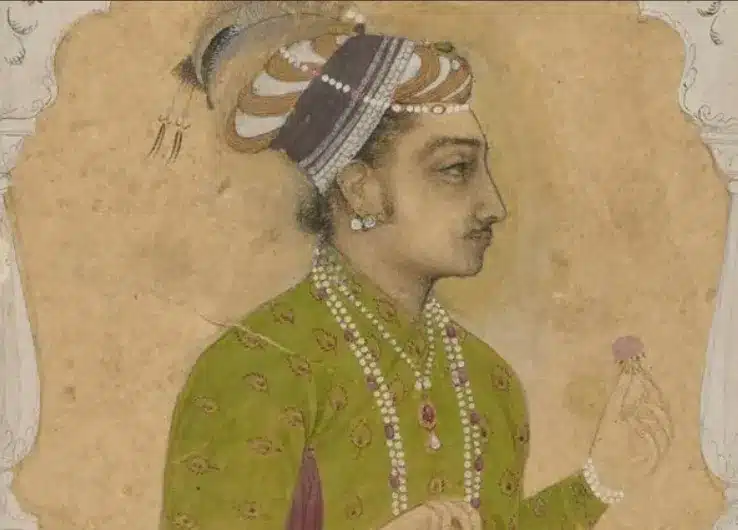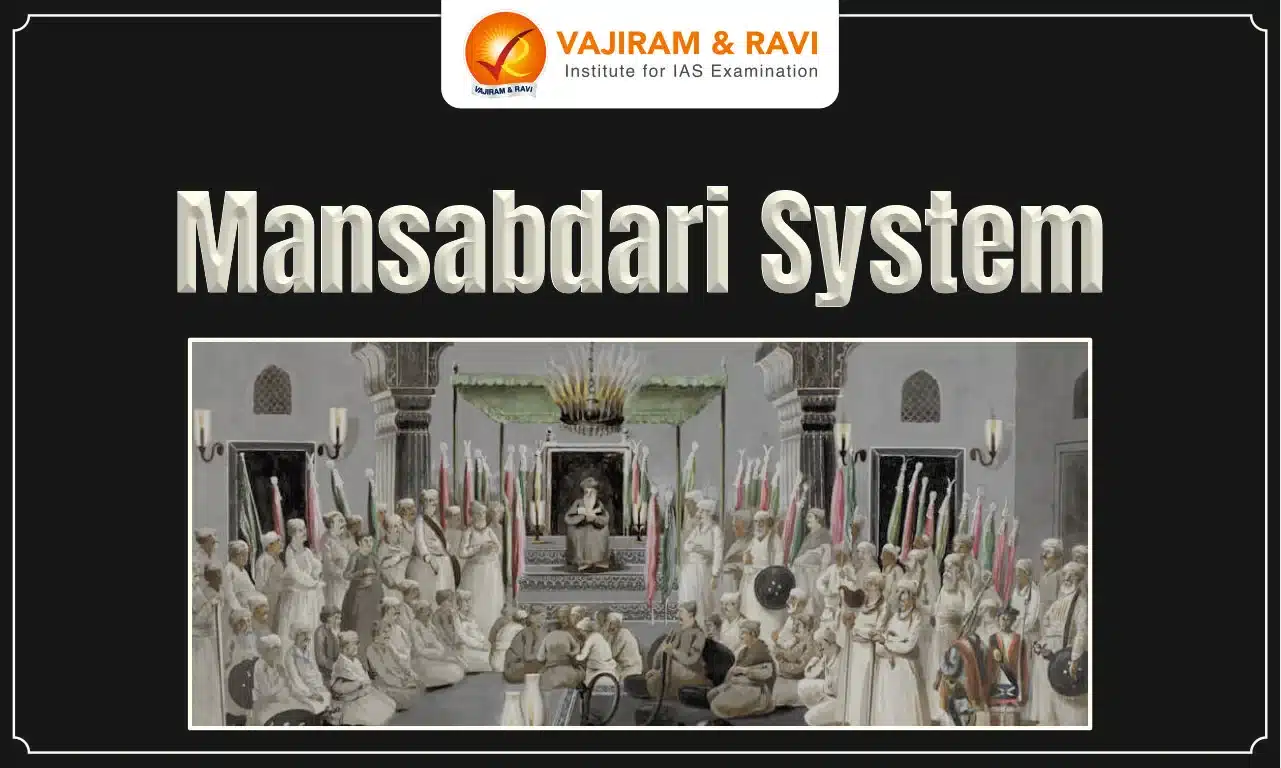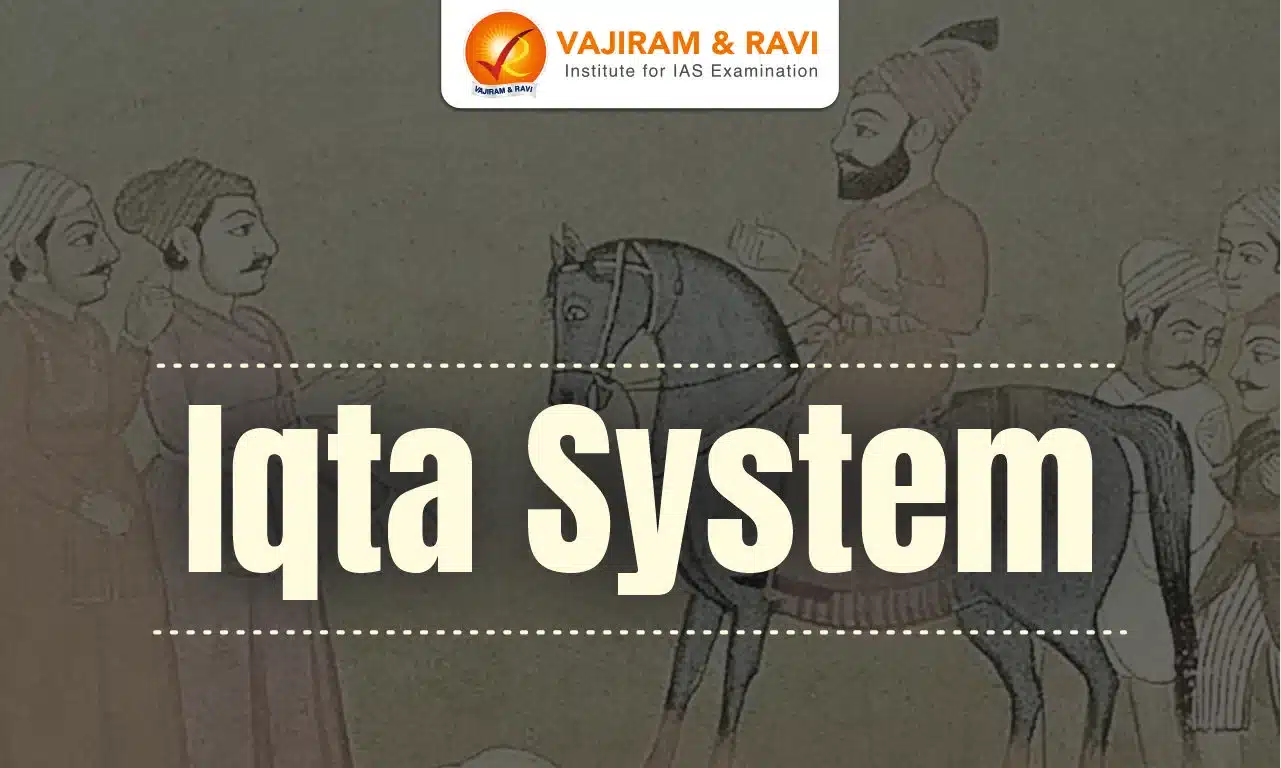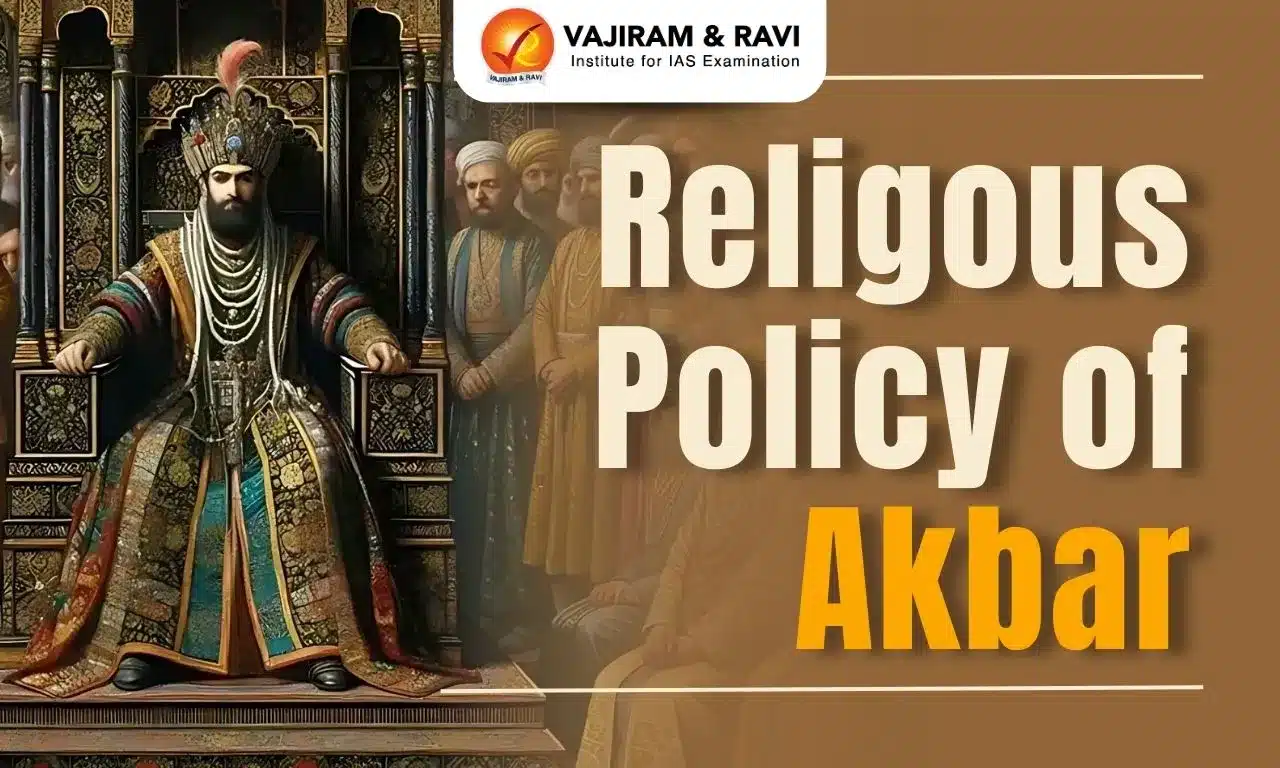Dara Shikoh (1615-1659), eldest son of Mughal Emperor Shah Jahan, lost his claim to the throne to his brother Aurangzeb after a fierce war of succession. Deeply influenced by Sufi mysticism and the Qadiri order, he promoted religious harmony by bridging Islam and Hinduism. His early works include Safinat-ul-Awliya, Risala-i-hak Numa, and Shathiyat.
As a scholar and spiritual thinker, Dara is best known for his efforts to bridge Islam and Hinduism. Through works like Majma-ul-Bahrain and Sirr-i-Akbar, he emphasized the oneness of God (Tawhid) and religious harmony, leaving a lasting legacy of tolerance and intellectual curiosity.
Dara Shikoh About
Dara Shikoh (1615-1659), also known as Dara Shukoh, was the eldest son and heir apparent of Mughal Emperor Shah Jahan. Favoured by his father and sister, Princess Jahanara Begum, he was given the title Padshahzada-i-Buzurg Martaba.
- In 1655, at the age of 40, Shah Jahan declared Dara the Crown Prince.
- However, following the emperor’s illness in 1657, Dara lost the succession battle to his younger brother, Prince Muhiuddin (Aurangzeb), who later ordered Dara's execution in 1659.
Dara Shikoh Work
Dara Shikoh, a distinguished intellectual, political and spiritual figure of the Mughal Empire, devoted much of his life to spiritual exploration, Sufi mysticism, and promoting religious harmony. His contributions include numerous literary and spiritual works that reflect his devotion to Sufism and his efforts to bridge the gap between different religious traditions.
- Early Literary Contributions: At the age of twenty-five, Dara authored Safinat-ul-Awliya, an account of the lives of the Prophet Muhammad, his family, the Caliphs, and saints from five prominent Sufi orders in India.
- Dara’s deep association with the Qadiri Sufi order, under his spiritual guide Mulla Shah, greatly influenced his intellectual and spiritual endeavors.
- As a devout disciple, Dara commissioned shrines for Mulla Shah and Miyan Mir in Lahore, honouring their spiritual teachings.
- Other Notable Works: Dara Shikoh produced several other significant works, including:
- Risala-i-hak Numa (A work of spiritual enlightenment)
- Shathiyat or Hasanat-ul-Arifin (Works reflecting mystical thought)
- Iksir-i-Azam (Philosophical and spiritual discourse)
- Jug Bashist (Dialogues and spiritual conversations)
- Tarjuma-i-Akwal-i-Wasil (A collection of sayings and insights)
- Majma-ul-Bahrain (The Mingling of Two Oceans): In this celebrated work, Dara compared the core values of Islam and Hinduism, emphasizing their shared spiritual essence.
- Sirr-i-Akbar (The Great Secret): This is his most renowned work, a Persian translation of fifty chapters from the Upanishads, showcasing his deep engagement with Hindu philosophy and his belief in the universal truth of all scriptures.
Dara Shikoh Legacy
Dara Shikoh's legacy is marked by his belief in Tawhid (Oneness of God) and his efforts to bridge the gap between Islam and Hinduism, promoting religious harmony. As a Sufi mystic and follower of the Qadiri order, his works continue to inspire scholars and symbolize religious tolerance and spiritual unity.
- Syncretic Vision: Dara believed in Tawhid (Oneness of God) and viewed all religions as connected to the same divine source. He viewed the Umm-ul-Kitab (Mother of the Book), as mentioned in the Quran, as the common origin of all sacred scriptures.
- Religious Harmony: He worked to unite Islam and Hinduism, drawing parallels between them. His works, Majma-ul-Bahrain and Sirr-i-Akbar, aimed to merge Islamic monotheism with the teachings of the Upanishads.
- Sufi Influence: As a follower of Sufi mysticism and the Qadiri order, Dara revered figures like Miyan Mir and Mulla Shah. His writings highlighted Sufi saints and helped spread Sufi philosophy in the Mughal court.
- Enduring Legacy: Dara’s translation of the Upanishads and other works continues to influence scholars. His legacy stands as a symbol of religious tolerance and intellectual curiosity, resonating with modern discussions on spiritual unity.
Last updated on December, 2025
→ Check out the latest UPSC Syllabus 2026 here.
→ Join Vajiram & Ravi’s Interview Guidance Programme for expert help to crack your final UPSC stage.
→ UPSC Mains Result 2025 is now out.
→ UPSC Notification 2026 is scheduled to be released on January 14, 2026.
→ UPSC Calendar 2026 is released on 15th May, 2025.
→ The UPSC Vacancy 2025 were released 1129, out of which 979 were for UPSC CSE and remaining 150 are for UPSC IFoS.
→ UPSC Prelims 2026 will be conducted on 24th May, 2026 & UPSC Mains 2026 will be conducted on 21st August 2026.
→ The UPSC Selection Process is of 3 stages-Prelims, Mains and Interview.
→ UPSC Result 2024 is released with latest UPSC Marksheet 2024. Check Now!
→ UPSC Prelims Result 2025 is out now for the CSE held on 25 May 2025.
→ UPSC Toppers List 2024 is released now. Shakti Dubey is UPSC AIR 1 2024 Topper.
→ UPSC Prelims Question Paper 2025 and Unofficial Prelims Answer Key 2025 are available now.
→ UPSC Mains Question Paper 2025 is out for Essay, GS 1, 2, 3 & GS 4.
→ UPSC Mains Indian Language Question Paper 2025 is now out.
→ UPSC Mains Optional Question Paper 2025 is now out.
→ Also check Best IAS Coaching in Delhi
Dara Shikoh FAQs
Q1. Who was Dara Shikoh?+
Q2. Who defeated Dara Shikoh?+
Q3. What was the rank given to Dara Shikoh in the Mughal Empire?+
Q4. Was there any title given to Dara Shikoh?+
Q5. Who was Dara Shikoh’s mother?+


















